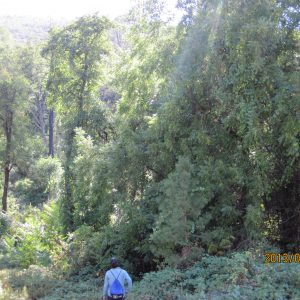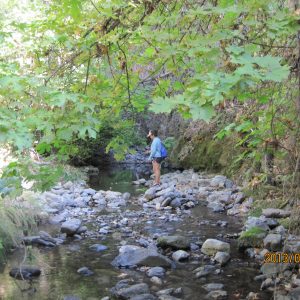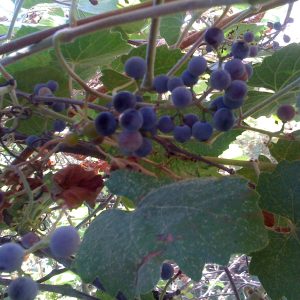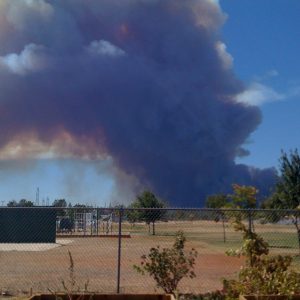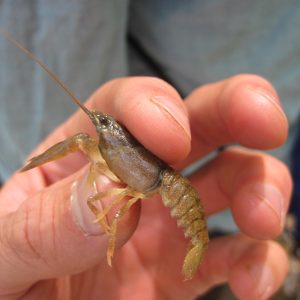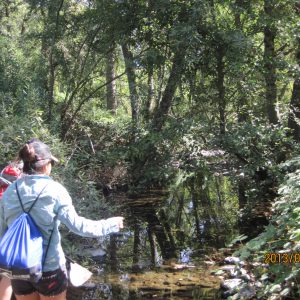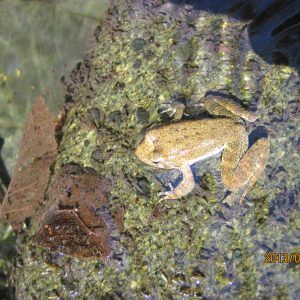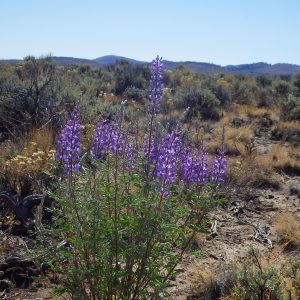I am about to finish my third month here in Redding and it has been a great experience so far. I have enjoyed getting to know the people around the office and I am happy that I no longer feel like a stranger in a strange place. I am getting familiar with our tasks and I have more courage to ask people here for help explaining things. I am trying my best to make the most out of this opportunity and learn important skills. Some learning experiences and challenges may seem small, but the important thing is the sense of growth and maturity I feel at overcoming them.
This past month has been great. One of the coolest part of this internship is that since we use an elementary school’s greenhouse to grow out our seeds, we also get to spend time with some of the students once every two weeks where we can plan activities for them to learn about the greenhouse, about what BLM does, and hopefully about how to care for plants and the environment. I hope that with the time they spend with us, they can get a feel for the importance of maintaining land native and maybe even spark an interest in them to learn more, spread their knowledge with others, and know how to better protect their land. We have also gone on more stream surveys and those are always fun because of all the wildlife we encounter: turtles, giant salamanders, tree frogs, yellow-legged frogs, bullfrogs, crawdads, and fish!
I am excited for the restoration part of my internship! Since we have gotten our first taste of rain, we know that the planting season is upon us. I am eager to experience the many steps that lead up to a restoration project. Such as planning burns or mowing and herbicide application. Then there is a question of getting volunteers to help out, deciding which plants go where and then figuring out if we want to use some kind of irrigation system. Right now, I am trying to research about the options we may have for irrigation strategies like the deep tube system. I am also going to learn more about the different methods used for the native seed’s propagation, like how acorns are best grown in a bag with a moist paper towel in the fridge first, or how certain seeds need to be boiled first. I know there is a lot of hard work ahead, but I also know that it is going to be the most rewarding! I am also looking forward to getting a kayak lesson with a few people from the office, even though it will be terrifyingly cold, I know it is a great skill to learn and be able to use for surveys! Also, there is a day when I get to help at a BLM booth at the Coleman fish hatchery and I look forward to seeing inside the facility.

